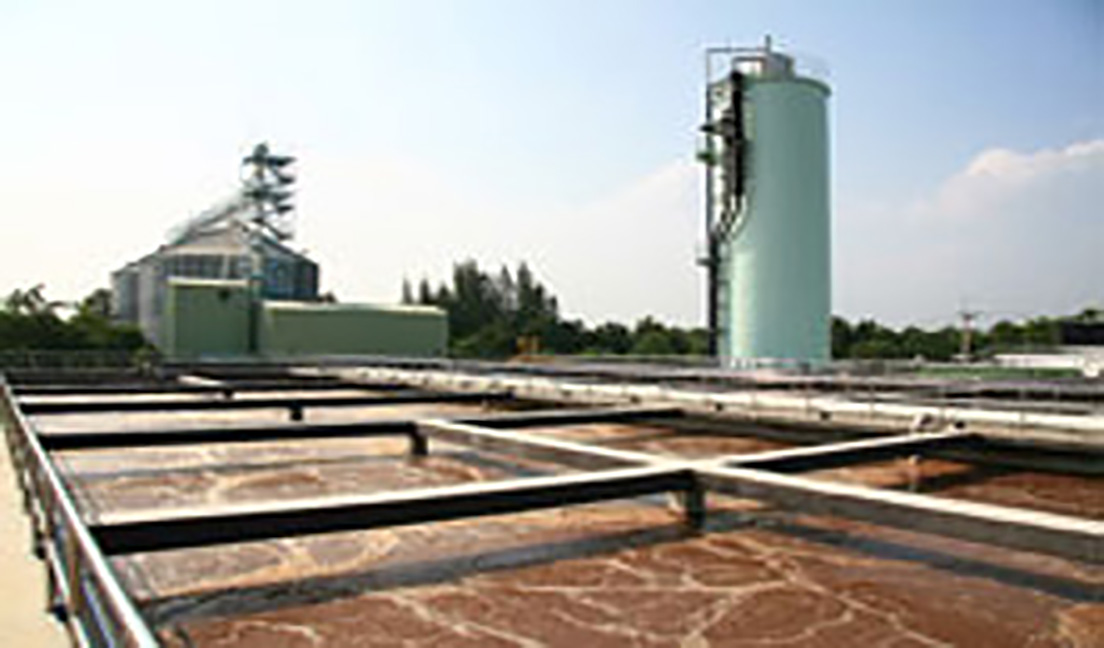Challenge
Boon Rawd Brewery, Thailand's first and largest brewery, was founded by Phraya Bhirom Bhakdi in 1933. To date, Boon Rawd's product lines include beer, soda water, drinking water and ready to drink non-alcoholic beverages. At present, the company owns and operates three breweries and seven soda water and drinking facilities located in regions across Thailand.
With a constant increase in demand, the company planned to increase its brewing capacity at Khon Kaen brewery , a subsidiary company of Boon Rawd Brewery by mid 2007, which generates larger volumes of wastewater in parallel. Khon Kaen Brewery wanted to ensure that discharge qualities were consistently met in the new wastewater treatment plant and that biogas was generated as an alternate source of fuel for use in a boiler system. They also wanted to reduce the volume of sludge generated.
Solution
Evoqua supplied a complete wastewater treatment solution consisting of anaerobic and aerobic treatment, including the sludge dewatering process. The aerobic treatment system supplied was an activated sludge system, including a DualAir® Fine Bubble Diffuser system for aeration and center-feed clarification using a Tow-Bro® Sludge Removal system for secondary clarification. The DualAir Fine Bubble Diffuser design minimizes pipe and mounting hardware, resulting in a lower installed cost. The Tow-Bro® system effectively removes settled secondary sludge from the clarifier, while its flat bottom design reduces construction costs.
Evoqua also supplied all civil design, piping and foundations, controls and commissioning of the plant.

Results
The new high-rate anaerobic reactors and aerobic activated sludge treatment system treats approximately 1.32 million gallons per day (MGD) or 5,000 M3/ day of wastewater. The plant was started up in February 2007 and currently is converting major contaminants to biogas in the anaerobic reactor with remaining contaminants converted to sludge. The sludge produced is dewatered for easier handling and disposed off-site. The treated effluent meets all discharge limits.
